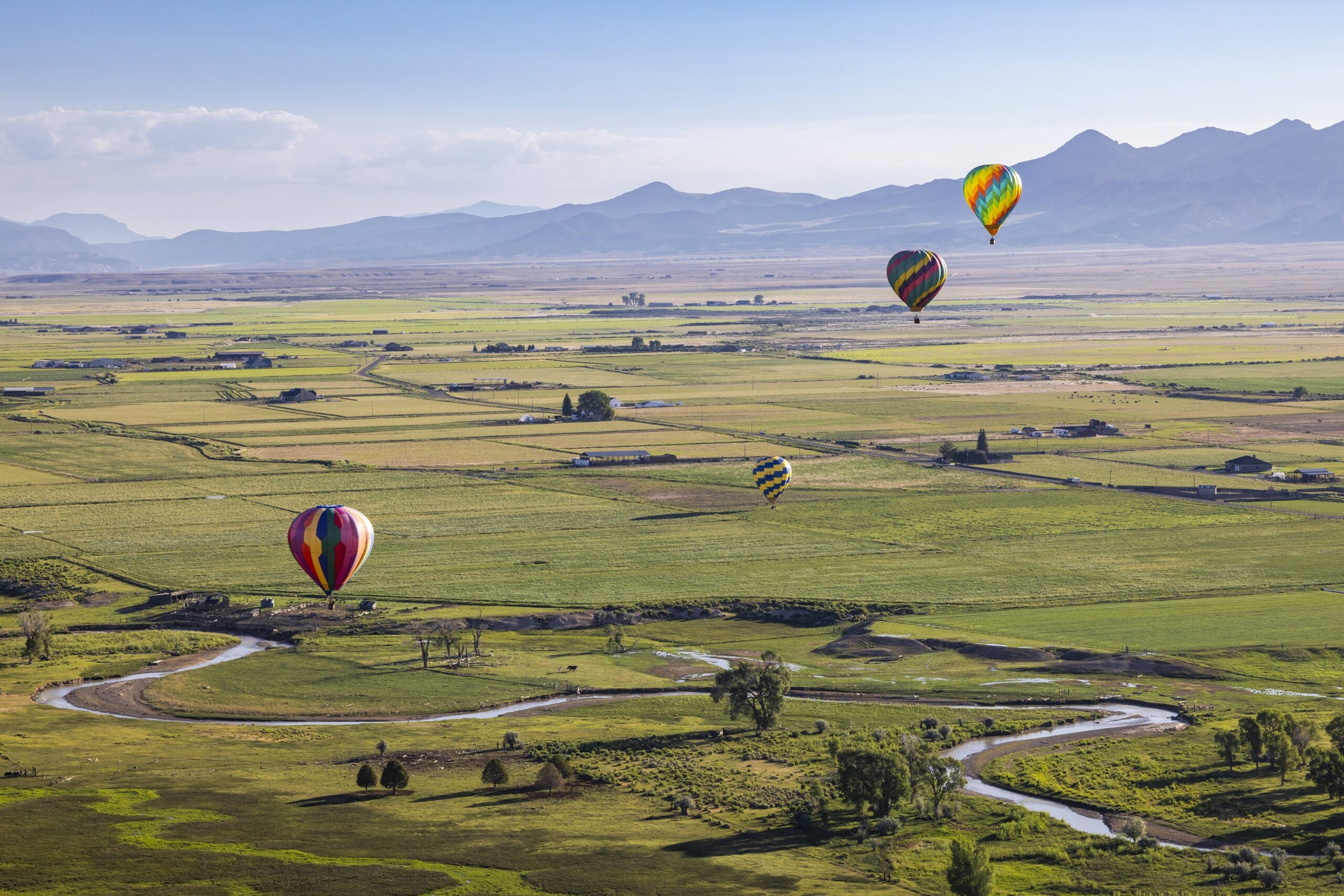Panguitch City
Panguitch, a name derived from a Native American term meaning “big fish,” was first settled by pioneers in March of 1864. The first winter proved to be exceptionally harsh, with bitter cold and failed crops leaving the settlers struggling to survive. Amidst the difficult conditions, seven men ventured 40 miles to Parowan to fetch much-needed flour. With snowdrifts so deep they had to abandon their oxen and wagon, they ingeniously placed a quilt on the snow, walking to the end, then moving the quilt forward, one section at a time. This remarkable effort became known as the “Panguitch Quilt Walk,” a tradition still celebrated today at the town’s annual festival.
Today, Panguitch offers a wide range of recreational opportunities, with easy access to the nearby Dixie National Forest, as well as nearby national and state parks. Visitors can enjoy hiking, mountain biking, fishing, boating, swimming, horseback riding, and ATV trail riding during the summer months. In winter, activities like hunting, snowmobiling, ice fishing, and cross-country skiing draw outdoor enthusiasts.
The town also hosts a variety of exciting events throughout the year, including the Quilt Walk Festival, the Panguitch Valley Balloon Rally, rodeos, car shows, the Quinoa Festival, the Garfield County Fair, Big Fish Ice Fishing tournament, truck show, the Give Light Lantern Festival, and more. Whether you’re drawn to outdoor adventure or lively community celebrations, Panguitch offers something for everyone.
Thrives Here.
Adventure
Panguitch, Utah is the ideal place to call home as you explore the wild and scenically diverse back-country of this region.
Bryce Canyon
Just 20 minutes from Panguitch, is the magnificent, world-class attraction known as Bryce Canyon National Park.
Events
You’ll enjoy the wide array of exciting events hosted annually in Panguitch. Check out our Balloon Rally and more.
Photo Galleries
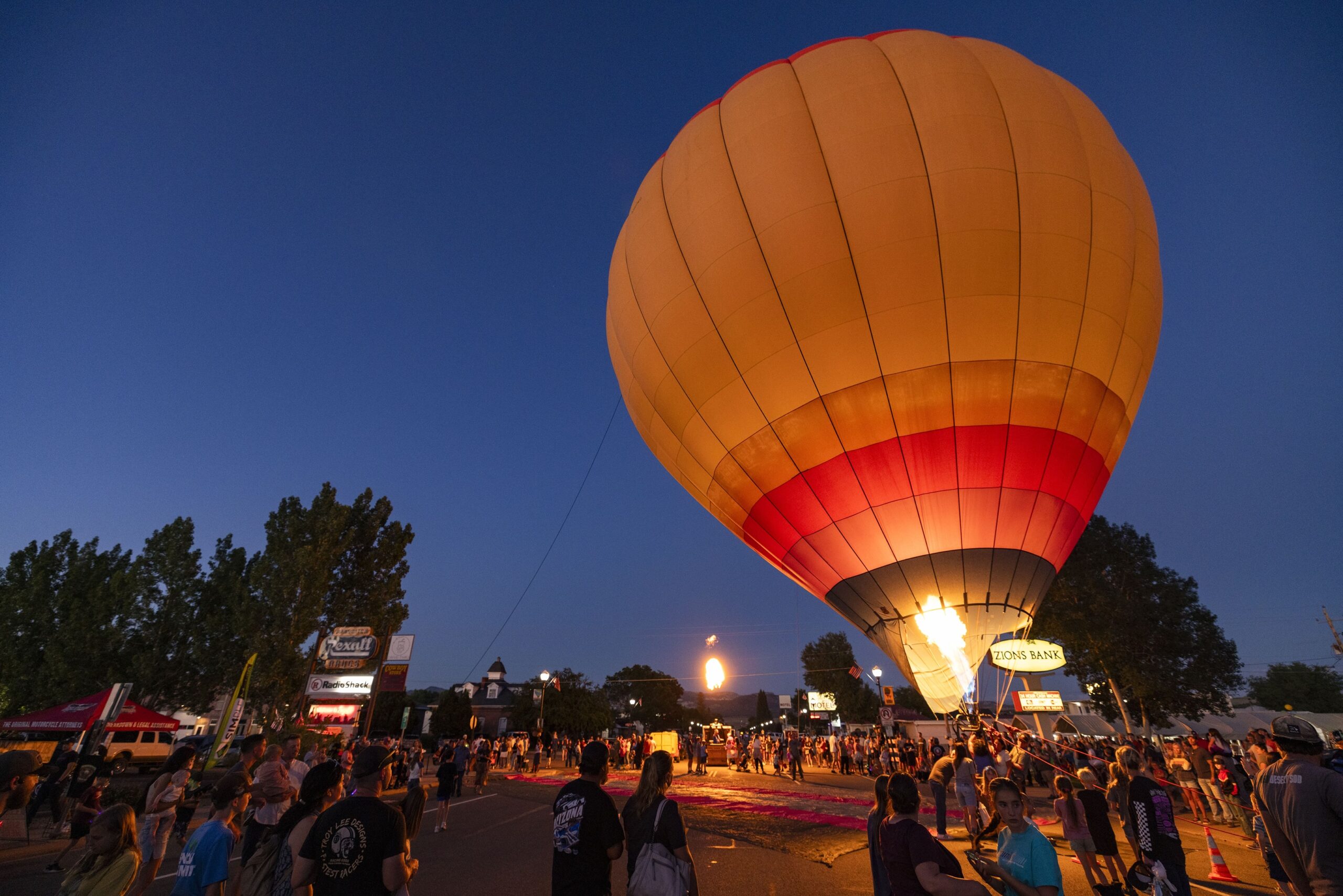
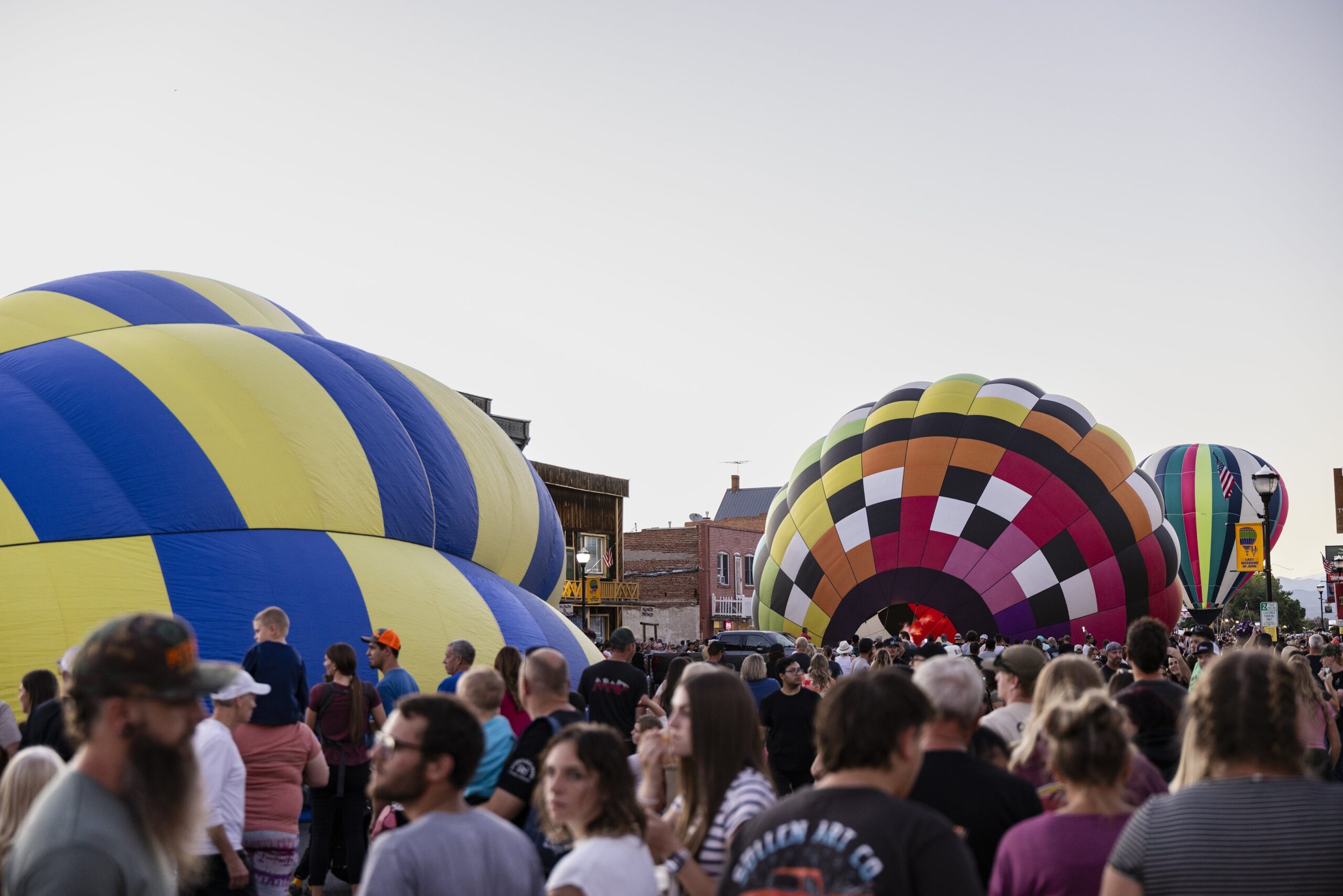

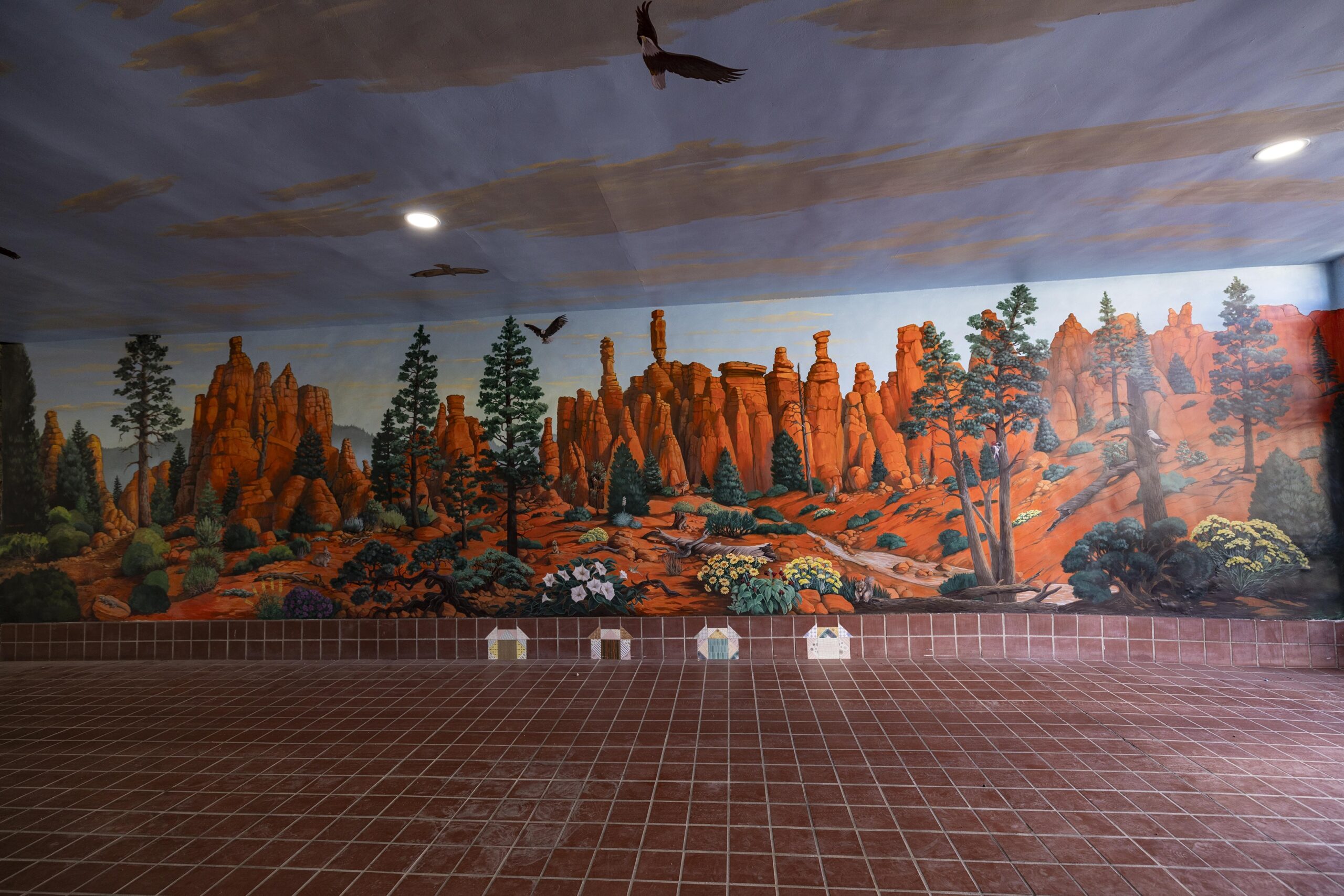
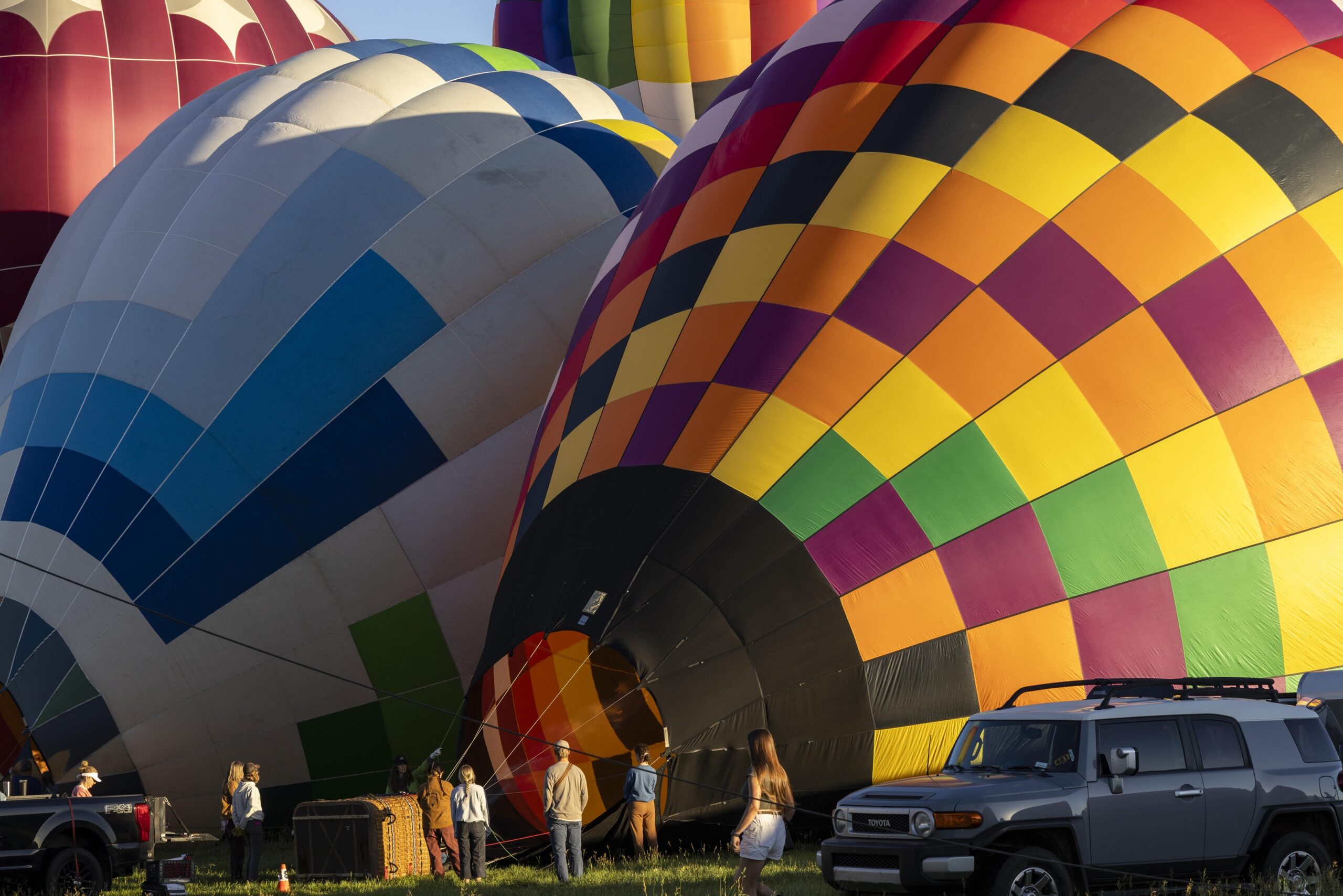
Lives On
Come and see the valley of our ancestors,
connect with our history and marvel at the beauty.

Grand Staircase-Escalante National Monument
A vast connection between some of Southern Utah’s most famous canyon landmarks, the Grand Staircase-Escalante National Monument stretches across 1.7 million acres of the ancient and prehistoric west. A vast sequence of sedimentary rock layers reaching from Bryce Canyon National Park through Zion National Park and into the Grand Canyon, this immense stretch of land dominates the lonely wilderness of Utah’s rural south. Relatively new on the world scene of ancient discoveries, this oasis of historical treasures brims with geological, biological, paleontological, and archeological wonders.

